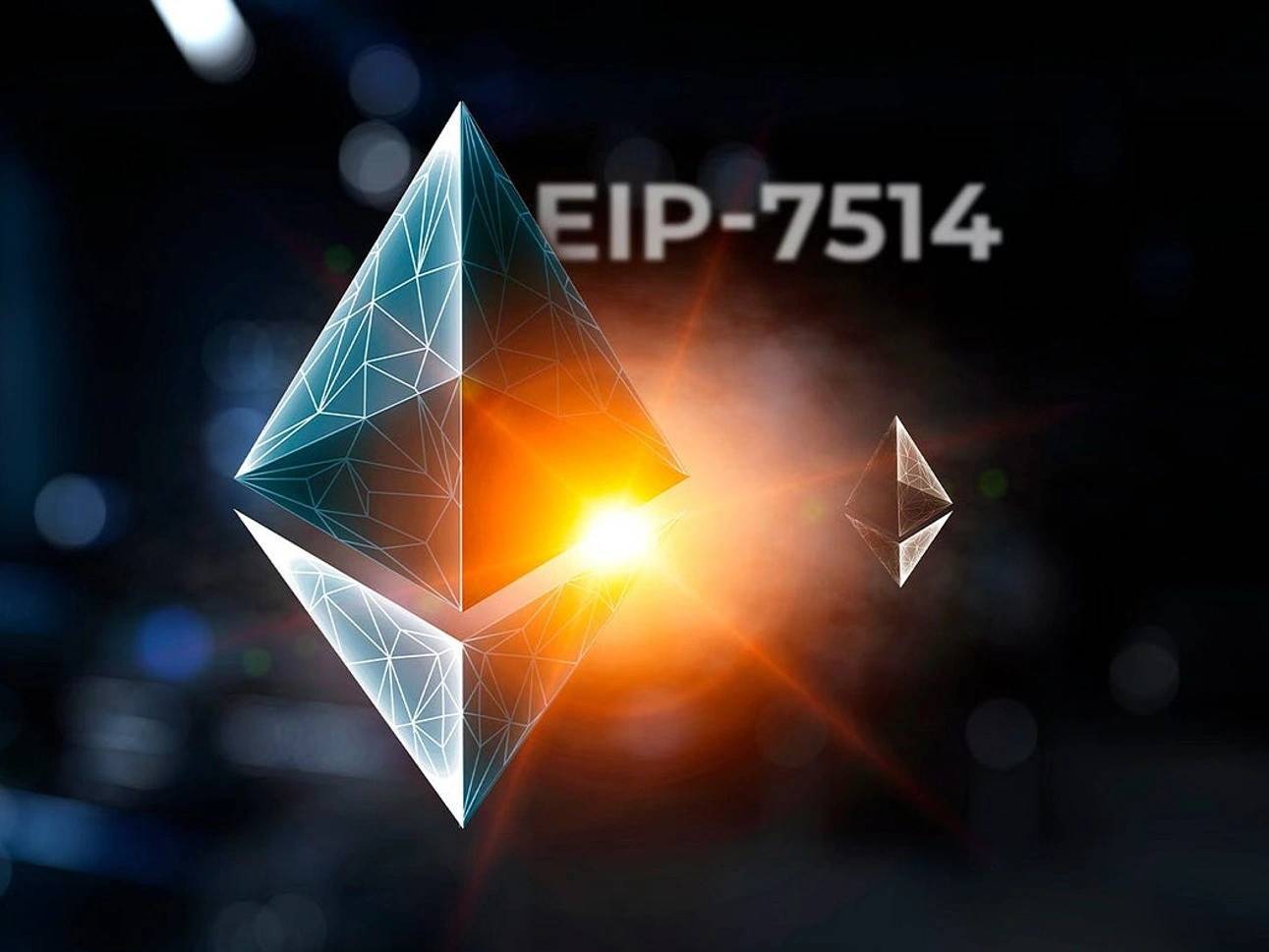Subscribe to wiki
Share wiki
Bookmark
EIP-7514
The Agent Tokenization Platform (ATP):Build autonomous agents with the Agent Development Kit (ADK)
EIP-7514
EIP-7514 an Ethereum Improvement Proposal to limit the number of validators that can enter or exit Ethereum's Beacon Chain's active validator set each epoch. The proposal aims to change the validator growth rate from exponential to linear by capping the epoch churn rate at 8.[5]
Overview
EIP-7514 establishes a cap on the per-epoch churn limit at 8, thereby transitioning the maximum growth rate of Ethereum validators from exponential to linear.[5]
If too many people stake their ETH too quickly, it could lead to half of all ETH being staked by May 2024, three-quarters by September 2024, and even 100% by December 2024. This might seem good, but it can strain the network and make rewards for staking not worth it. And EIP-7514 is a temporary fix to manage the increasing number of validators on the Ethereum network. It's designed to slow down the growth of the active validator set, which gives the Ethereum community time to design solutions for validator set size. This is important for the roadmap, such as single slot finality (SSF), and for P2P network load. [3][6]
EIP-7514, also known as "The Gatekeeper", is part of the Ethereum Dencun upgrade because it manages the flow of validators into the Ethereum network.
The epoch churn rate is the rate at which validators enter or exit the active validator index in Ethereum every epoch, which is about 6.4 minutes. The churn rate is dynamically calculated and depends on the number of active validators on the network. As of September 14, 2023, the churn rate is 12. This means that 13 validators can join or exit the network per epoch, which gives a daily cap of 2,925 validators. [1]
While EIP-7514 does not address the root of the issue, i.e., the reasons for such fast growth, it provides a temporary fix to stop swift expansion and therefore facilitate future upgrades. Changing the churn limit is a change in Ethereum’s monetary policy as it alters the growth of total ETH staked, and therefore the consensus layer rewards issued per block.[1][5]
EIP-7514 enables Ethereum to scale sustainably over the long-term while preserving stability and security.[4]
Authors
- dapplion
- Tim Beiko
See something wrong?
The Agent Tokenization Platform (ATP):Build autonomous agents with the Agent Development Kit (ADK)
